In the thirteenth and early fourteenth centuries, Florence’s population doubled. Bankers and merchants replaced the old noble families as the center of power.
1300s

In the thirteenth and early fourteenth centuries, Florence’s population doubled. Bankers and merchants replaced the old noble families as the center of power.
1300s
The city-state of Florence in the thirteenth and early fourteenth centuries was a city on the rise (until the black death).
we're adding new content all the time!
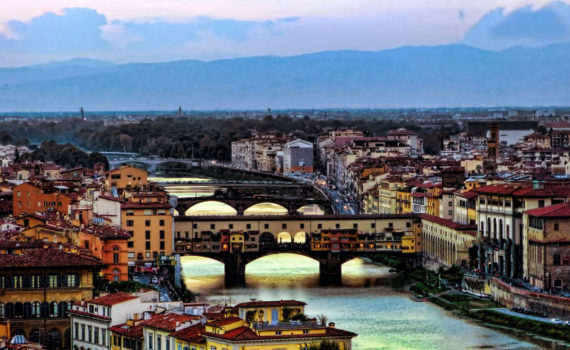
The Ponte Vecchio is one of few surviving medieval urbanized bridges in all of Europe.
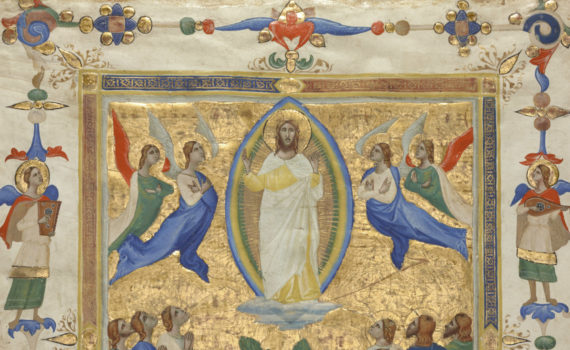
The Laudario of Sant'Agnese is one of the most important examples of early Renaissance illumination and it was decorated by two of the most sought-after workshops at the time.
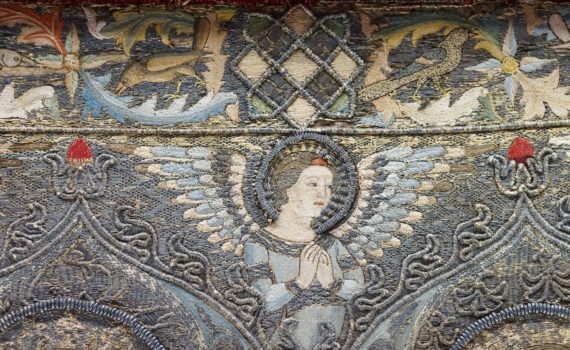
A rare altar frontal made for Santa Maria Novella in Florence that still survives after 700 years
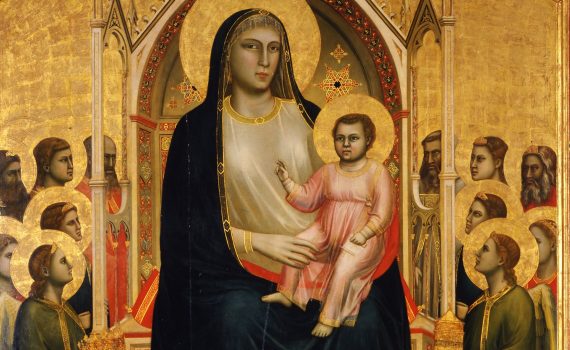
This is a Mary like we’ve never seen before—she’s more monumental and sits in a space that makes sense.
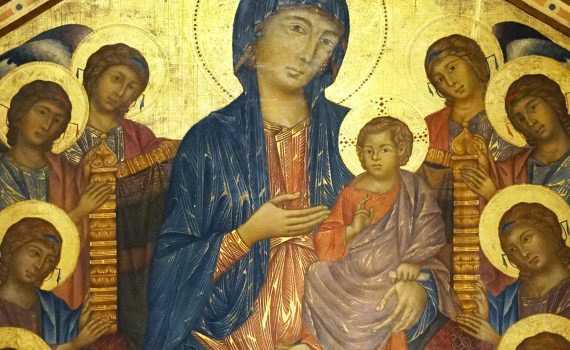
Set against gleaming gold, Mary and Christ sit on an intricately carved throne studded with gems.
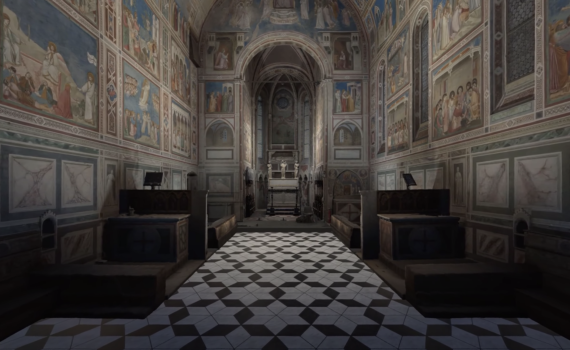
Take a tour of the Arena Chapel in virtual reality—it's almost as good as being there in person!
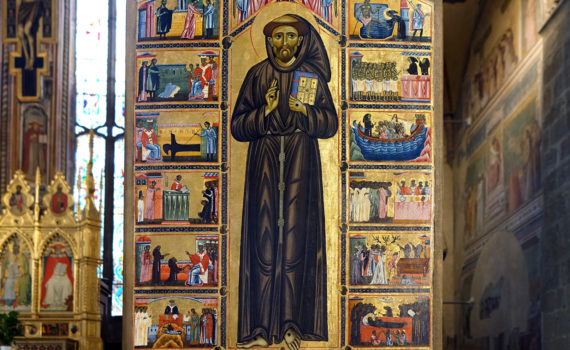
A new image of a new saint in the Basilica of Santa Croce, Florence.
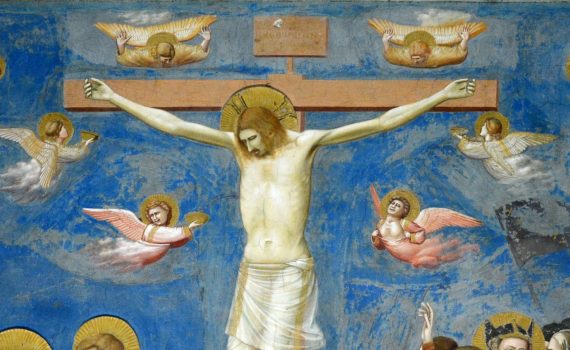
Like a comic without words, these frescoes tell the story of Christ and his parents—and give their patron a cameo.

Dante’s vision of Hell inspired generations of artists—and his words still feed imaginations today.

Boom times in Florence saw a rise in art commissions, and the Italo-Byzantine style yielded to Giotto’s naturalism.
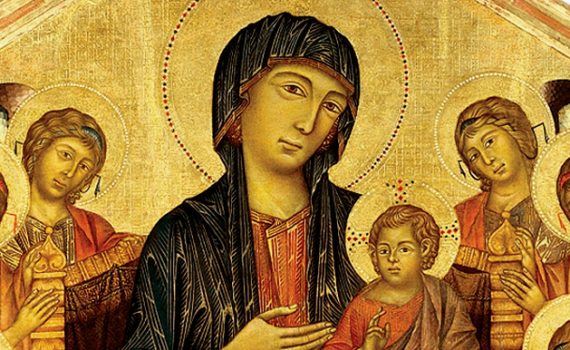
This huge panel hints at the coming Renaissance, but the figures remain weightless and their features, elongated.
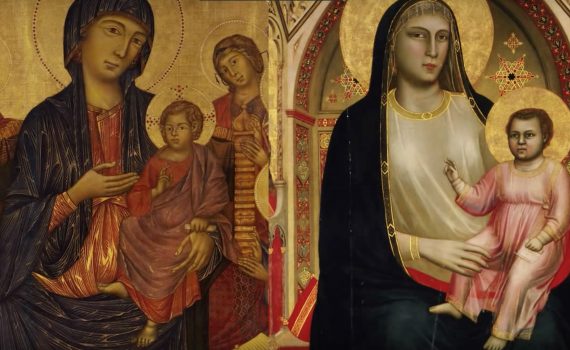
Only decades apart—but what a difference. Next to Giotto’s substantial Virgin, Cimabue’s appears flat yet elegant.